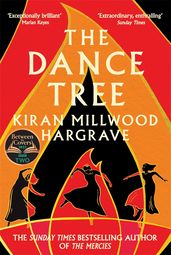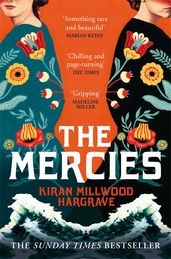‘I want the ecstasy rooted in real bodies in real times’: what makes sex in historical fiction so alluring?
Kiran Millwood Hargrave, author of The Dance Tree, explores sex in historical fiction that goes beyond heaving corsets and takes us into a world of deeper eroticism.

For Kiran Millwood Hargrave, the best historical fiction about sex and sexuality is rooted deeply in the politics of the body and the particular rituals and restrictions of the time. Her own mesmerising novels – The Dance Tree and The Mercies – transport us to the very particular worlds of sixteenth-century Strasbourg and seventeenth-century Norway. And, from the wild romps of Circe through elicit love in the American Civil War via a ghostly love affair with George Sand and London counterculture in wartime, Millwood Hargrave describes eight historical reads that bring desire to vivid life.

The meteoric rise of Bridgerton has attested to the fact that sex in period costume taps into something in our collective psyche. The mix of lush fabrics and restrictive corsets, the lingering glances and the mannered dancing – the push and pull of passion and permissiveness – is seemingly irresistible to contemporary audiences.
But Bridgerton is a fantasy. All fiction is, to a certain extent, but when we abandon some of the historical setting, the resultant ‘rules’ of society that people lived and loved under at the time, we also lose a lot of the deep and true eroticism. We are left with froth – all well and good – but not something that personally has ever interested me. I don’t want the fairytale, I want the blood and guts, the politics of the body, the scents and sounds, the ecstasy rooted in real bodies in real times. That’s where the deepest connections are found.
Of course, sex in historical fiction is not only about the act. It is interwoven with societal norms, attitudes, restrictions and beliefs. Of especial interest to me are the realities of LGBTQ+ lives in eras when they were either not recognised or were celebrated (or at least accepted). It is well-acknowledged that the Greeks had various forms of love, including homosexual love. Intersex and trans people have long held status in Indian society. History is full of women who lived with long-time ‘female companions’, or who married men while loving women. The queer community has always existed, and the ways in which we tell their stories should be as varied as their lives were.
‘I don’t want the fairytale, I want the blood and guts, the politics of the body, the scents and sounds, the ecstasy rooted in real bodies in real times.’
In The Dance Tree we encounter relationships forbidden by law and condemned by God. But they exist nonetheless, in all their complex, glorious, dangerous joy. We find a mother who is not recognised as such, for none of her babies lived long enough to be baptised. We find childhood friends who found their play evolving into passion. We find illicit meets in the Black Forest, home of rebels and lovers alike.
I wanted to give these characters a safe place. They lived at an extraordinary time, of climatic change, religious fervour, the fall of an empire and an influx of immigrants. The stress and strain manifested as a dancing plague that swept Strasbourg for one maddeningly hot summer – but still a place of calm could be found. That’s where the eponymous dance tree comes in, a linden that once formed a pagan church and courtroom, a town hall open under God and built into the branches of a tree. A strange, real place, where the dictums of the day fall away, and these characters can truly look their desires in the face.
Writing historical fiction is fraught with pitfalls, but an easy way to connect to character is to write ‘from the body’. Here are eight of the many excellent books I turned to for their frank and raw depictions of desire in historical settings.
Margery Kempe
by Robert Glück
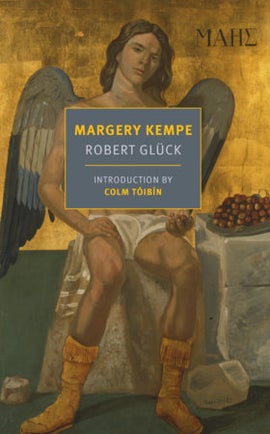
A hugely sensual and provocative novel, interweaving fifteenth-century English Christian mystic Margery Kempe’s imagined erotic worship of Jesus Christ, with a gay love affair between a character named after the author and his lover. A strange pitch – but it works magnificently. Highly unsettling and very sexy, it feels radical in its explicitness and its defiant beauty.
Fingersmith
by Sarah Waters
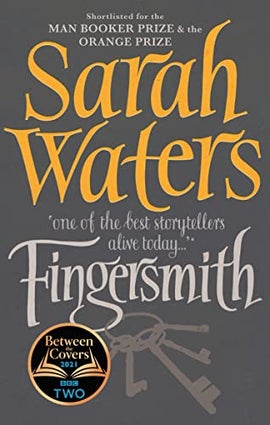
Some of the most ravishing sex scenes and ingenious plot twists ever written intertwine to breathtaking effect in Fingersmith. Set against the backdrop of Victorian-era Britain, we meet a scheming gentleman, a trickster maid, and a naïve heiress embroiled in a fiendish plot. But it is also a meticulous observation of class and desire. I highly recommend the Korean film it inspired too, Park Chan-wook’s The Handmaiden.
The Sweetness of Water
by Nathan Harris

The American Civil War often suffers from overexposure as a setting, but this novel reclaims and reanimates the time with lyrical writing telling of a clandestine love affair between confederate soldiers. Overlaid with the tale of two emancipated slaves, this story is full of yearning: for true freedom, for comfort, for justice.
Circe
by Madeline Miller
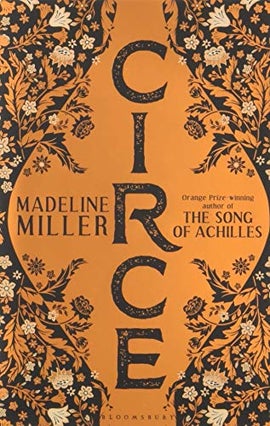
Mythology rather than history, but this romp through the life of the banished witch Circe abounds with interesting observations around gender and the physical and mental bonds that form between lovers. Her encounters with Odysseus are almost unbearably tender, and there is an undeniable message here about the indomitable female spirit pitted against an unfriendly world.
Briefly, A Delicious Life

Funny, at times farcical, but always profoundly wise and lovely, this novel involves Chopin, George Sand, and a long-dead teenage nun who falls in love with George. A luscious, multi-sensory bewitchment of a book - Stevens’ writing rings with wit and surprise.
Belonging
by Umi Sinha
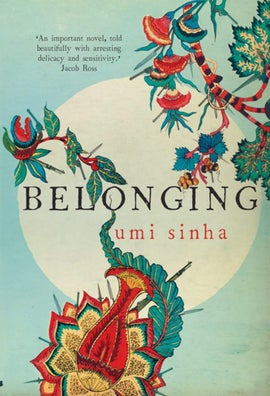
A dynastic saga set in the years of the British Raj, this explores multiple themes such as madness, colonialism, and class. But it is at its most deft and heartrending in its comments on sexuality and power dynamics in relationships. Full of playful allusions to literary masterpieces such as Wide Sargasso Sea, Rebecca and Jane Eyre, this has something of the Gothic longing of those texts too.
Tenderness
by Alison MacLeod

MacLeod is one of my favourite novelists working today. She imbues all her stories with such strangeness and beauty – and this is a luminous novel that asks and answers so many clever questions about censorship, sex, and lust. Revolving around Lady Chatterley’s Lover, it leaps from Lawrence’s conception of the novel to its ban via Jackie Kennedy – a smart, sensual book depicting a society in flux.
Winter Love
by Han Suyin
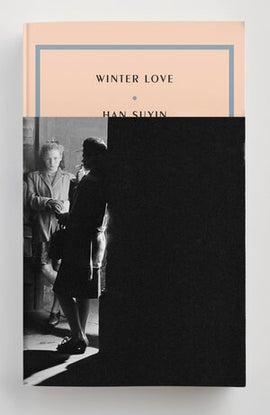
This is a slim, sensual heartbreaker of a novel. An account of an infatuation between two women in wartime London, I loved it for its clear-eyed communication of the cruelty that comes so easily to jealous lovers, and the hazy, magical quality of its prose in the early days of the affair. It also offers a glimpse of the queer counterculture thrumming through London while many men were away at war.
Novels by Kiran Millwood Hargrave
The Dance Tree
by Kiran Millwood Hargrave
It's 1518 in Strasbourg, and in the intense summer heat a solitary woman starts to dance in the main square. She dances for days without rest, and is joined by hundreds of other women. The city authorities declare a state of emergency, and bring in musicians to play the devil out of the dancing women. Meanwhile pregnant Lisbet, who lives at the edge of the city, is tending to the family's bees. The dancing plague intensifies, as Lisbet is drawn into a net of secret passions and deceptions. Inspired by true events, this is a compelling story of superstition, transformative change and women pushed to their limits.
The Mercies
by Kiran Millwood Hargrave
This stunningly evocative novel set on the remote Norwegian island of Vardø in the 1600s was inspired by the real Vardø storm and the subsequent witch hunt. When a catastrophic storm wipes out almost the entirety of the male population of the island, the women who are left, still grieving for their men, are forced to fend for themselves. Eighteen months later, the sinister new commissioner, Absolom Cornet, arrives with his young wife Ursa. Ursa sees independent women for the first time in her life, and she is drawn to Maren, the young woman who helps her navigate life in this harsh new world. But Absolom is convinced that the women’s behaviour is ungodly and he must bring them to heel by any means necessary.
